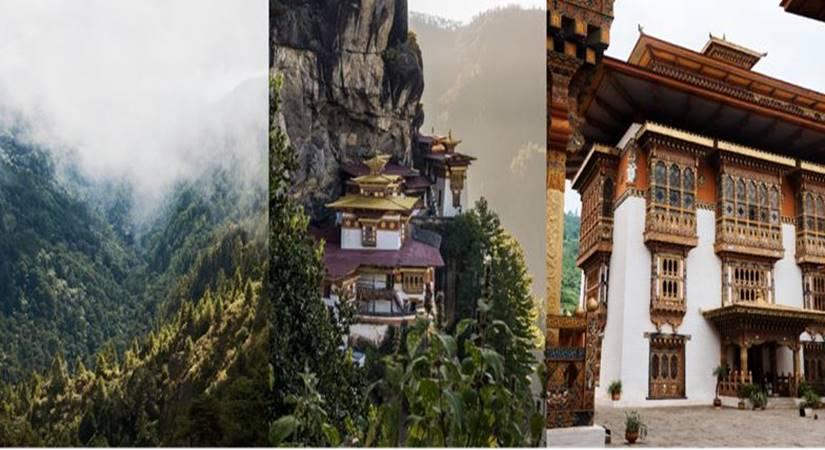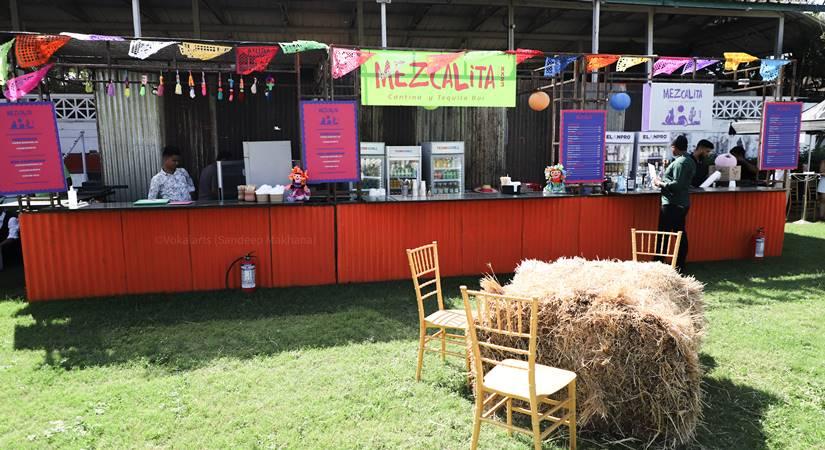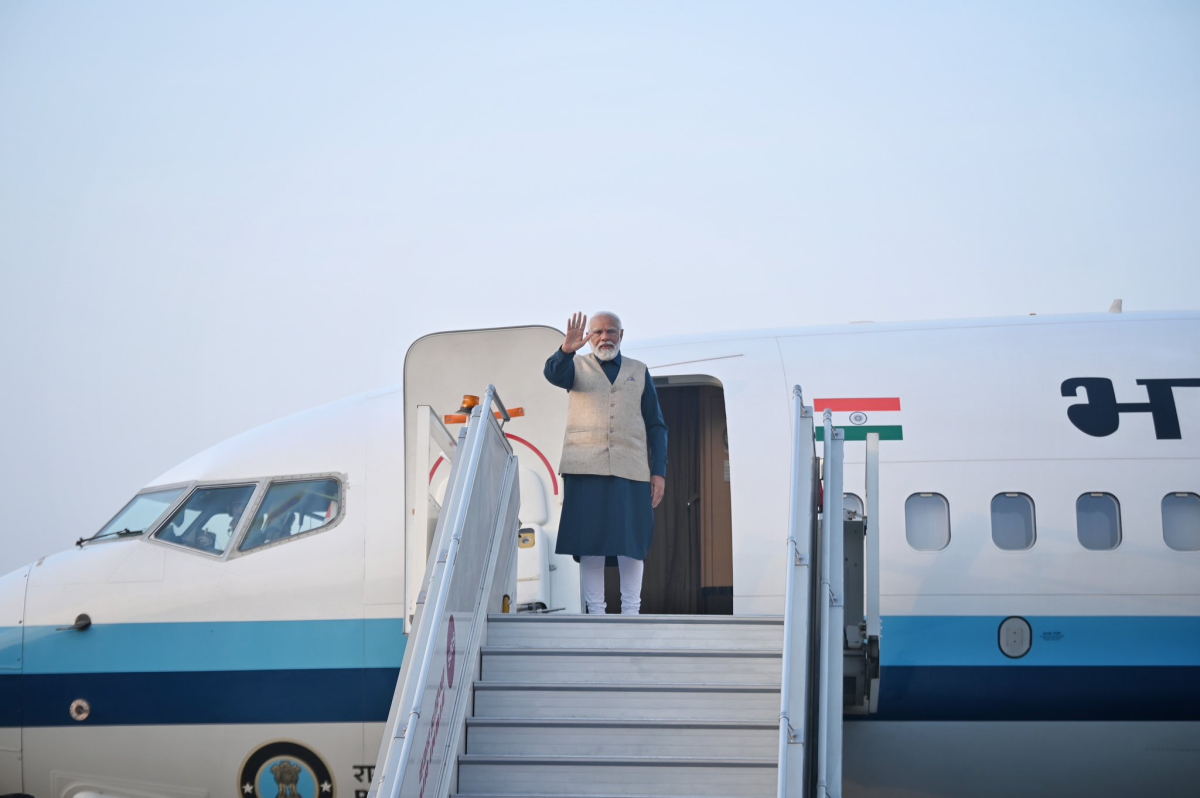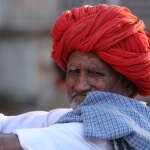Bhutan’s airlines, Drukairand Bhutan Airlines, have expanded their flight options, providing increased accessibility to the kingdom with non-stop/transit flights connecting India, Singapore, Thailand, Nepal and Bangladesh to Paro International Airport…reports Asian Lite News
Bhutan, renowned for its majestic landscapes and unique cultural experiences, is now more accessible than ever for travellers, thanks to several key improvements in travel procedures. The country has focused on simplifying the visa process, reducing the Sustainable Development Fee (SDF) to USD 100, and increasing flight options to improve travel convenience.
Simplified Visa Process:
Bhutan requires visas for all visitors, with no nationality restrictions. The introduction of an online visa application system has made this process more efficient. Typically, visas are processed within five working days, allowing for easier travel planning. The visa is valid for up to 90 days. Visitors (except those from India, Bangladesh, and the Maldives*), must obtain a visa before arrival. The application involves paying a Sustainable Development Fee (SDF) and a USD 40 visa fee. The process is flexible, allowing applicants to apply directly online themselves, through a tour operator, or via a hotel. There is no cap on visitor numbers to Bhutan, and everyone is welcome.
Self-application for a travel visa is convenient, requiring tourists to fill out an online form with essential documents:
A digital copy of a valid passport
A recent digital passport photo
Arrival and departure dates
Valid travel insurance for the duration of planned travel
Payment information
Reduced Sustainable Development Fee
The Sustainable Development Fee (SDF), serves as a daily contribution by tourists towards the nation’s development. The SDF is utilized transparently and responsibly by the Royal Government of Bhutan. This fund aids various sectors such as healthcare, education, environment, culture, and economy, fostering long-term sustainable opportunities for Bhutanese citizens. As a carbon-neutral nation, Bhutan leverages the SDF to uphold its exceptional forest cover and carbon neutrality, ensuring a serene experience for visitors. Last September, Bhutan introduced a 50% reduction in the SDF rate, effective until August 31, 2027, with incentives for children. The new rates are USD 100 per adult per night; while children between the ages of 6 and who have not yet turned 12 pay a reduced rate of USD 50 per night. Children who have not yet turned six years old do not pay any SDF fee. The revised fee structure enhances Bhutan’s appeal as an environmentally conscious and welcoming destination.
Increased Flight Options
Bhutan’s airlines, Drukairand Bhutan Airlines, have expanded their flight options, providing increased accessibility to the kingdom with non-stop/transit flights connecting India, Singapore, Thailand, Nepal and Bangladesh to Paro International Airport. Soon, Bhutan Airlines will also start flights to Paro from Sharjah, United Arab Emirates. It was also recently announced that Bhutan has signed an Air Service Agreement with the Government of the State of Kuwait. The expansion of connectivity aligns with Bhutan’s dedication to accommodating the escalating demand from travellers, ensuring a seamless and enriching experience for all.
Best Times to Visit Bhutan
When planning a trip to Bhutan, consider what you want to experience. The best time of year to visit Bhutan will depend on whether you’re interested in trekking, avoiding crowds, the location of the places you want to visit, or attending traditional festivals.
Mid-March to May showcases the stunning rhododendron blossoms across the eastern Himalayas, with milder temperatures and slightly less clear skies compared to autumn.
April offers great opportunities for lower-altitude hikes. Trekking conditions are optimal in April, May, October, and November, with spring presenting more rainfall and autumn offering clearer mountain views and comfortable 20°C daytime temperatures. Trekking is less advisable during the summer season (June to mid-September) due to rainfall.
October offers pleasant weather, clear skies, vibrant festivals, and excellent trekking conditions. November and December are prime times for observing the black-necked cranes in Phobjikha Valley. The valley hosts these cranes until March.
Summer is ideal for spotting alpine wildflowers and it’s the season for high-altitude wildflowers, like the rare blue poppy, and summer festivals in lesser-visited areas like Haa Valley. Although it rains in summer, the rainfall is not normally a heavy monsoon, it means the waterfalls and rivers are gushing, and the country is covered in lush, green landscapes.
Winter (November to February) is also a good time to visit most of Bhutan, barring high mountain passes. Fewer tourists and mild valley weather make for a serene experience, though warm clothing is recommended. The main tourist valleys do not experience much (if any) snowfall, and the clear skies in winter make it a popular time to visit for photographers.
Aligning your visit with one of Bhutan’s vibrant religious festivals can enhance your experience. These festivals, determined by the lunar calendar, feature large gatherings of locals in traditional attire, along with a variety of holy men and vendors. While the popular tsechus in Paro and Thimphu attract many tourists, smaller regional festivals offer a more intimate experience. The Royal Highland Festival in October, with its unique blend of horse racing, music, and yak beauty contests, is a highlight. Check the Bhutan Department of Tourism website or major tour operators for up-to-date festival schedules.
ALSO READ-Bhutan Secures Spot as Top Destination For Chinese Travellers












